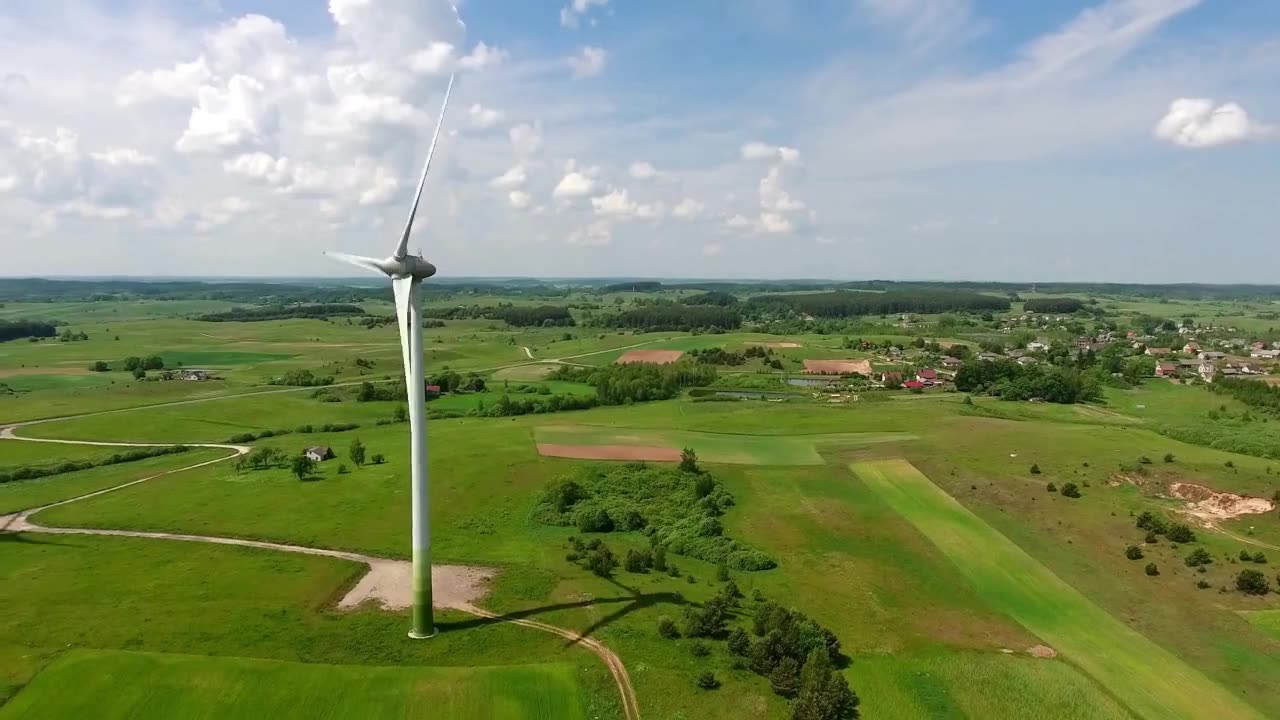Premium Only Content

New Bioethanol Monitoring Method Could Boost Revenue by $1.6 Billion
A new method for monitoring contamination in bioethanol production could boost industry revenue by over $1.6 billion USD and cut CO2 emissions by 2 million tons.
For the first time ever, researchers at The Novo Nordisk Foundation Center for Biosustainability (DTU Biosustain) have investigated the contaminant population from the sugarcane bioethanol production process at strain-level resolution. This pioneering study reveals how strain dynamics are directly involved in process performance, emphasizing the need for improved microbial control techniques to enhance industrial efficiency. The research results are recently published in Nature Communications.
Enhanced process yield and environmental benefits
Bioethanol, a major renewable energy source, is derived from the fermentation of sugars by yeast, primarily Saccharomyces cerevisiae. However, contaminant bacteria present in the raw material can significantly affect fermentation efficiency. Until now, these contaminant microbes have been characterized using methods that did not fully capture their diversity or impact.
-
 33:56
33:56
The Why Files
9 days agoLegend of the 13 Crystal Skulls | From Mars to the Maya
78.3K39 -
 2:56:14
2:56:14
TimcastIRL
9 hours agoEPSTEIN Files DROP, FBI GOES ROGUE, AG Says They COVERED UP Epstein Case w/Amber Duke | Timcast IRL
190K106 -
 1:39:23
1:39:23
Kim Iversen
10 hours ago"Canada's Trump" Is Trudeau’s Worst Nightmare: Is Maxime Bernier the Future of Canada?
87K85 -
 DVR
DVR
Bannons War Room
10 days agoWarRoom Live
2.67M447 -
 16:06
16:06
The Rubin Report
16 hours agoProof the Islamist Threat in England Can No Longer Be Ignored | Winston Marshall
101K85 -
 2:07:07
2:07:07
Robert Gouveia
13 hours agoFBI Files Coverup! Bondi FURIOUS; SCOTUS Stops Judge; Special Counsel; FBI Does
128K92 -
 56:15
56:15
Candace Show Podcast
14 hours agoBREAKING: My FIRST Prison Phone Call With Harvey Weinstein | Candace Ep 153
181K117 -
 1:56:39
1:56:39
Flyover Conservatives
12 hours agoROBIN D. BULLOCK | Prophetic Warning: 2030 Is Up for Grabs – If We Don’t Act Now, Disaster Awaits! | FOC SHOW
66.6K14 -
 2:13:11
2:13:11
megimu32
10 hours agoON THE SUBJECT: The Epstein List & Disney Channel Original Movies Nostalgia!!
50.5K6 -
 9:06
9:06
Colion Noir
19 hours agoKid With Gun Shoots & Kills 2 Armed Robbers During Home Invasion
60.9K14